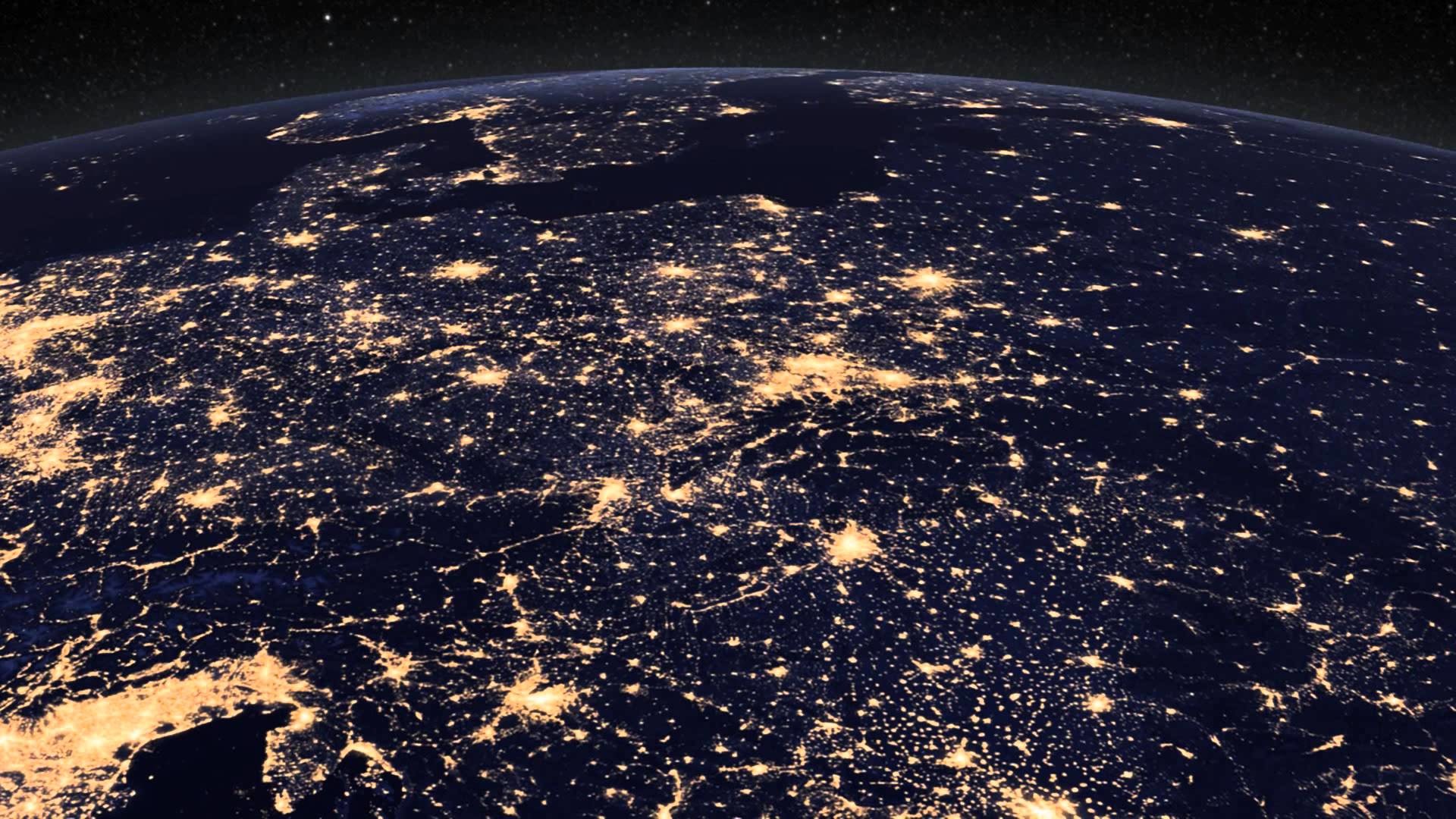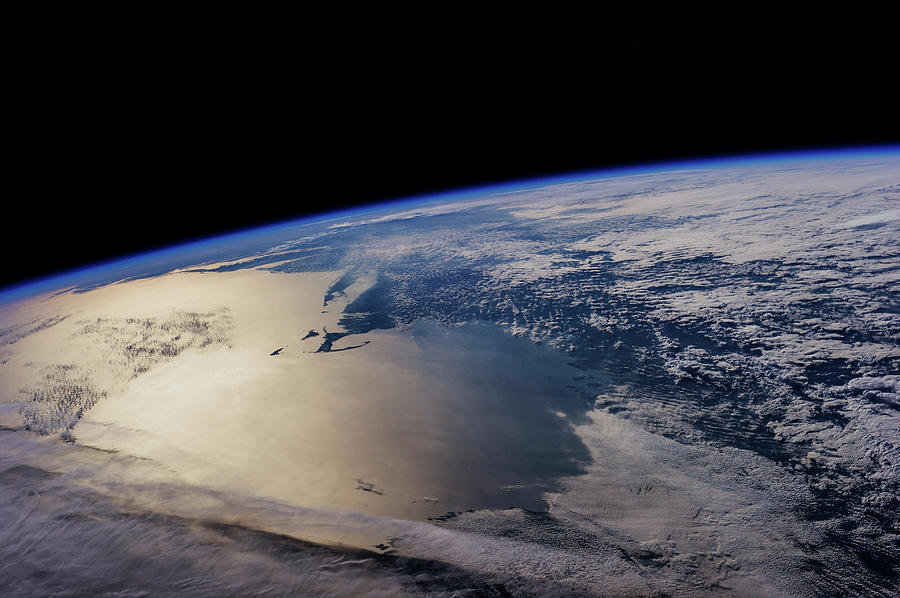
The image was captured by a 35mm camera in the device’s nosecone which was set to capture a picture every 1.5 seconds. Up until this point in time, the highest an image of earth that had been taken was 22km by equipment aboard a high-altitude balloon.

A rocket launched from the White Sands Missile Range in New Mexico, USA, would capture an image of the Earth from an altitude of 105km. On 24th October 1946, experiments with the V2s would result in a tangible benefit and a legitimate scientific breakthrough. The rockets had their explosive payloads removed from their nosecones and replaced with scientific equipment. The aim, however, was to use their incredible supersonic speed not to escape radar detection, as had been the case during the war, but to escape the confines of the atmosphere. Several V2s– Vergeltungswaffe 2, the world’s first long-range guided ballistic missiles–had been reclaimed by the United States as part of Operation Paperclip. The image shows the south hemisphere heavily shrouded by clouds and represents the first time that an Apollo craft had been able to capture the southern polar ice caps. Turning their view back on our planet, the astronomers caught a stunning image of the Mediterranean Sea to Antarctica. The image - officially designated as AS17–148–22727 by NASA- was taken at 29 thousand kilometres above the Earth by the crew of the spacecraft as it headed to the Moon. The term ‘Big Blue Marble’ as it applies to Earth refers to an image captured of our planet by the Apollo 17 astronauts in December 1972. It’s clearly not a view that many of us will get to experience in person, certainly not for the foreseeable future at least.ĭespite that, thanks to some incredible photography and imaging techniques we too can view Earth from space and get a sense of our place in the solar system and the wider universe. In that most fleeting of moments, they see the beauty and delicacy of our homeworld.


There is a common experience shared by human beings who visit that edge of space when they turn back and look upon their home planet. Taken by the crew of Apollo 17 in 1972 at a distance of 29,000 km above the planet.


 0 kommentar(er)
0 kommentar(er)
